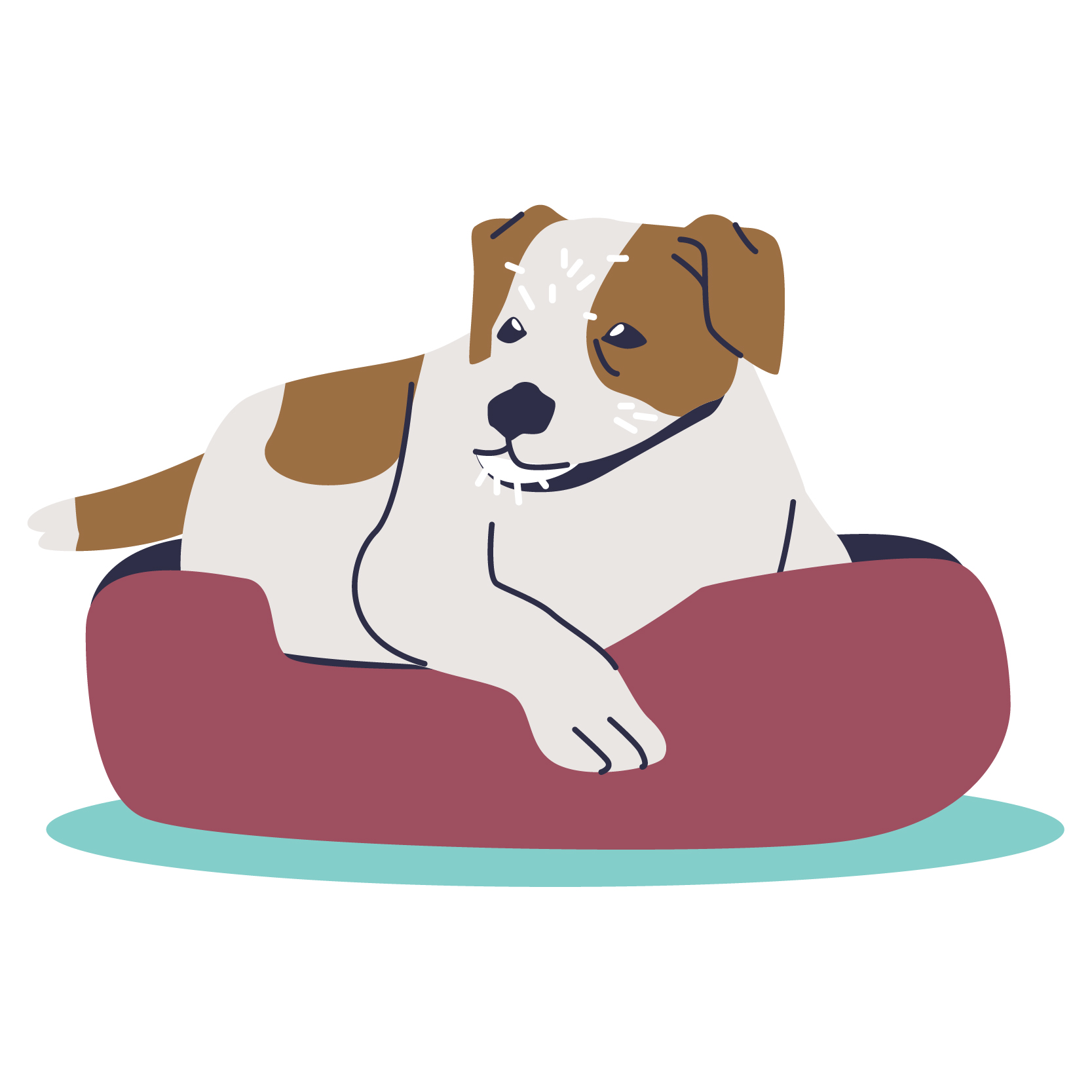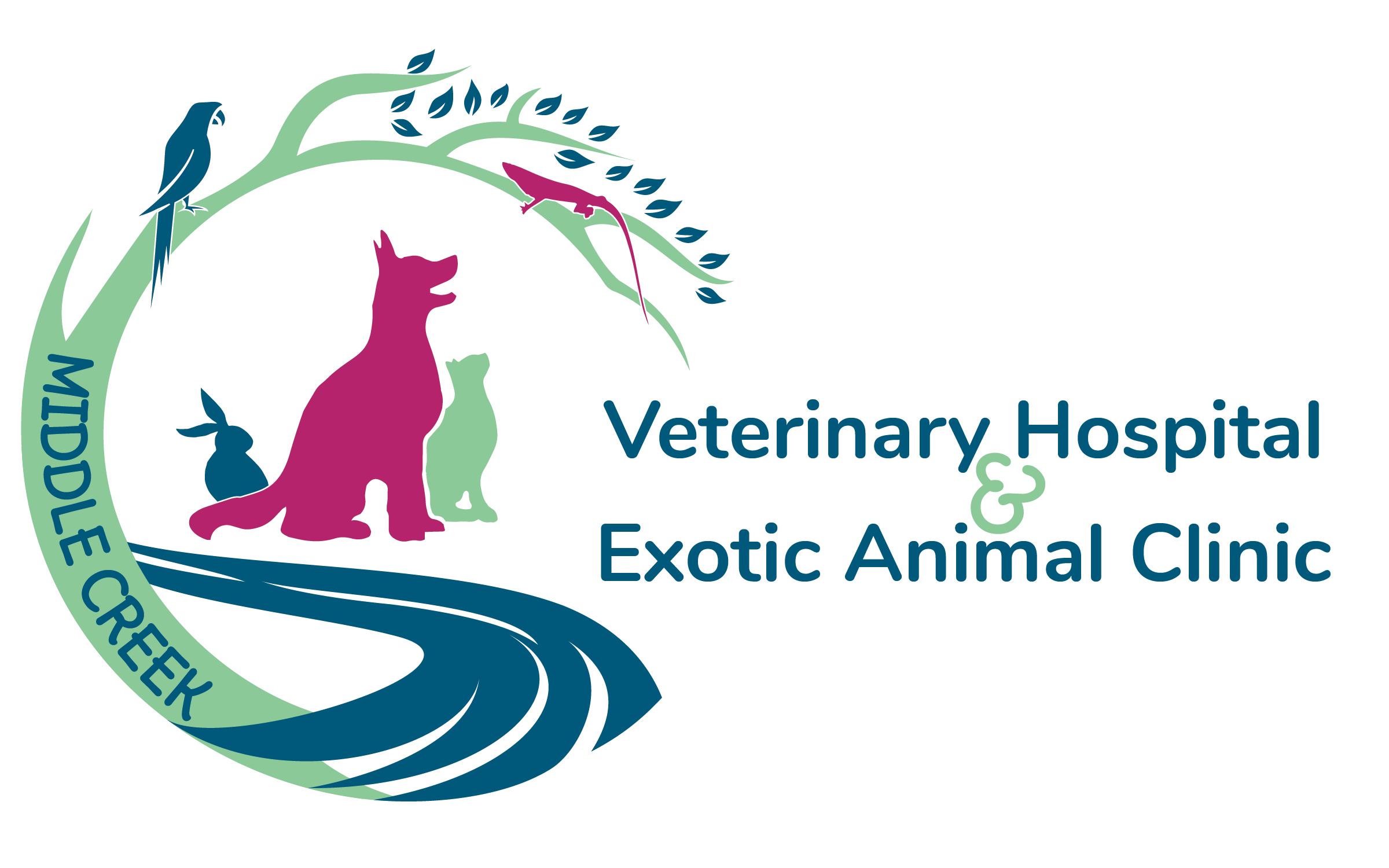About
Dog Life Stages
There is no greater joy than having a dog by your side. Whether you just adopted a brand-new puppy or rescued a senior dog from the shelter, you want to provide them with the best life possible. To help you be an incredible dog parent, we want to familiarize you with the different dog life stages and what that means in terms of their care.
Unlike domesticated cats, dogs’ maturity depends greatly on their breed and size. A five-pound Pomeranian will have a much different life span than a 140-pound American Akita, so please keep this in mind. The following dog life stages serve as a general guide and by no means cover every size and breed of your furry friend. If you have any questions, we are here to help!
See below for the dog life stages:
Puppy
0 to 6 months for small breed dogs
0 to 12 months for medium and medium-large breed dogs
0 to 18 months for large and giant breed dogs
Puppies are filled with love, energy, and a joie de vivre you just can’t find anywhere else. Your new furry friend will bring you a ton of laughter, affection, and plenty of challenges. In addition to getting a new puppy, you will probably have to get a few new pairs of socks… and maybe even a new couch. The first few months of your pup’s life are critical to his or her development, and any unchecked behavioral issues could quickly become lifelong habits.
Luckily, we offer training and behavioral counseling to ensure that you and your puppy are set on the right path. We can guide you on establishing a healthy relationship with your pup, the best ways to socialize him or her, and nutrition advice. We want your puppy to grow into a well-behaved, strong, loving dog. Please bring your new puppy in to see us as soon as possible for an initial examination.
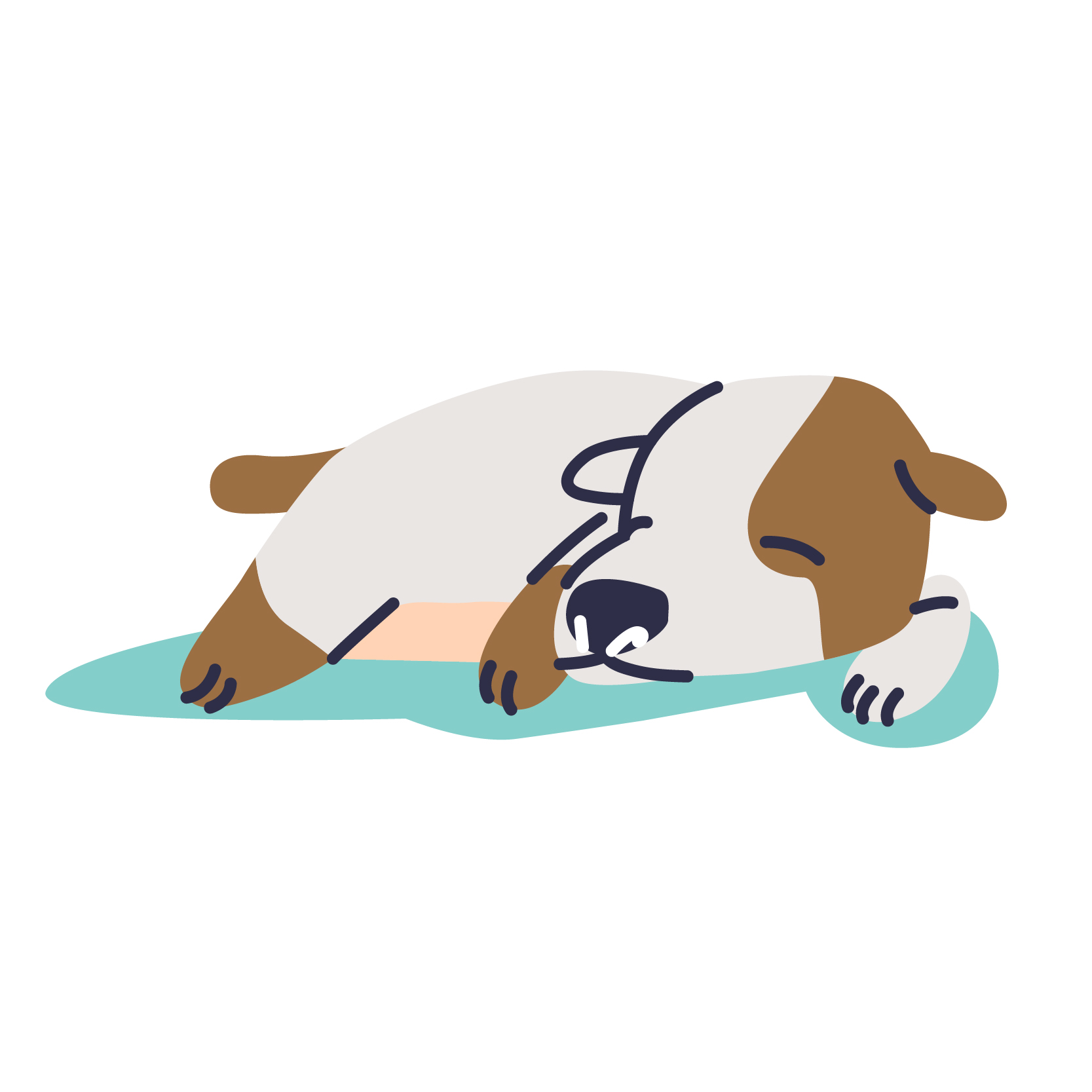
Adolescence
7 months to 1 year for small breed dogs
1 to 2 years for medium and large breed dogs
18 months to 3 years for giant breed dogs
Canine adolescence is a curious stage in life, much as it is for humans. They may look like adults, but they’re still growing and learning about the world. They will continue to be playful and high energy but also push their boundaries to see where they stand – and how much they can get away with. Especially if you have not spayed or neutered your pup, hormones are bound to be raging. Depending on your dog’s breed, routine exercise, proper nutrition and positive reinforcement can be crucial to ensuring well-behaved adulthood.
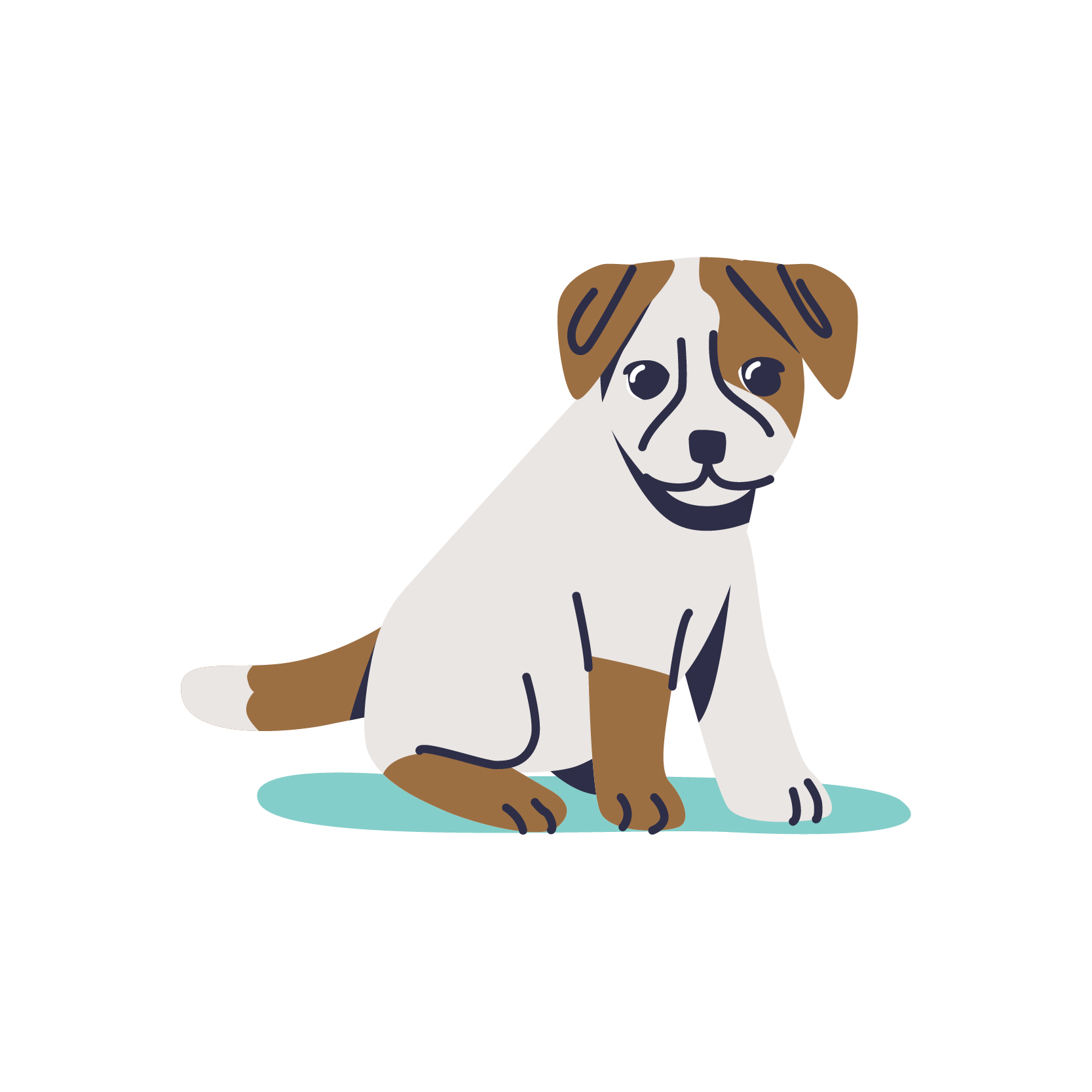
Adult
2 to 8 years for small breed dogs
3 to 7 years for medium and large breed dogs
4 to 6 years for giant breed dogs
With so many different canine breeds and sizes, adulthood could look very different from one dog to another. However, you can expect that your dog has reached full size (at least in height and length) and that his or her personality and behavior will remain the same. These are the prime years; you want to keep your dog healthy with annual exams. We’ll ensure that your furry friend is at an optimal weight, is getting proper nutrition and exercise, and is in overall good shape. Many dogs are experts in hiding ailments, and certain diseases won’t show any significant symptoms, so monitoring their wellness is always essential. As your dog enters the later stages of adulthood, we recommend baseline labwork, which will help us monitor and track your pup’s bloodwork trends during his or her senior years.
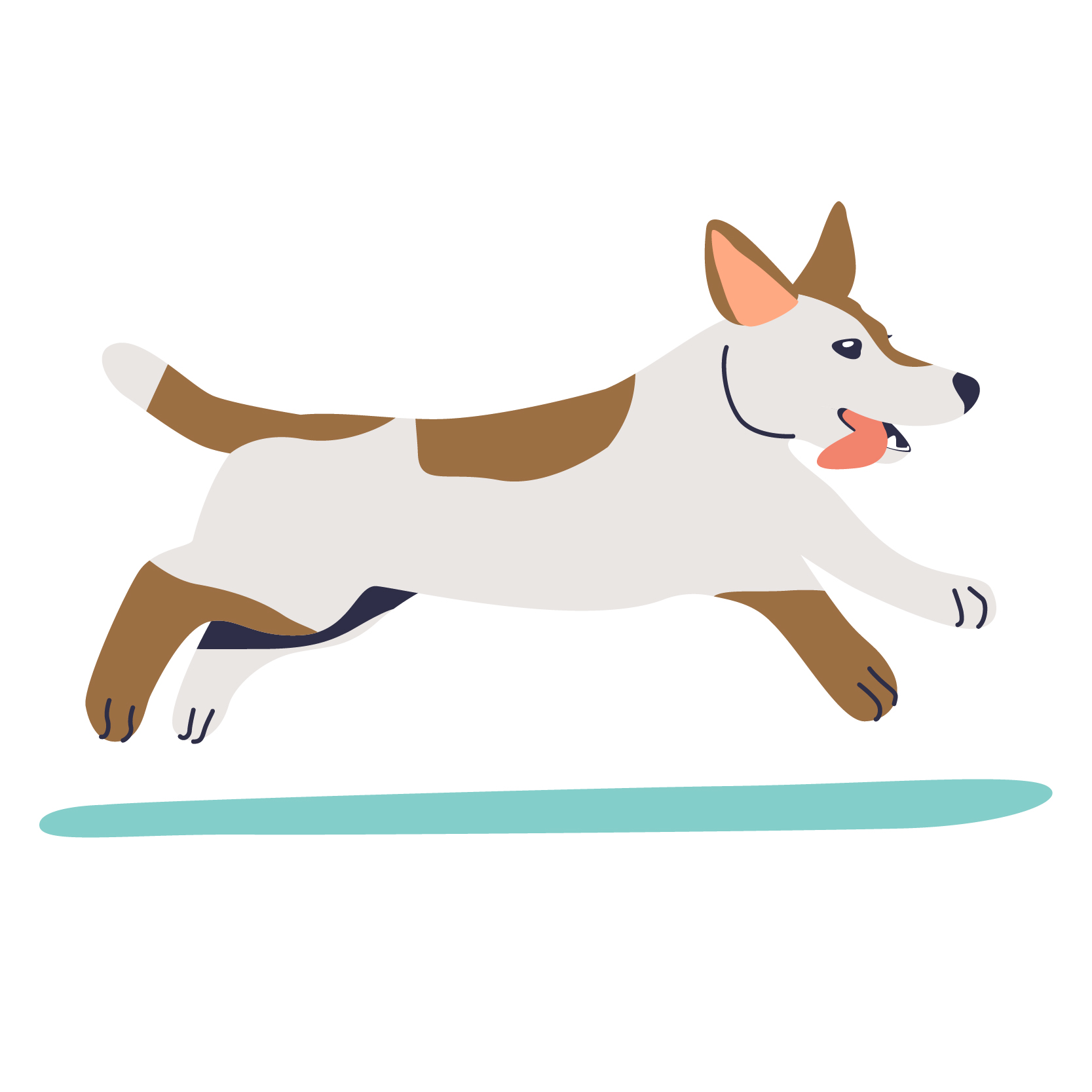
Senior
8 to 14 years for small breed dogs
8 to 12 years for medium and large breed dogs
6 to 8 years for giant breed dogs
As dogs get older, they may need more customized and preventive care. While senior dogs may begin showing signs of aging, such as greying fur, they still have so much love to give!
Senior dogs may experience a gradual decrease in activity, nap a bit more, and beg for a few more treats. They may also begin to encounter age-related health issues. All of these changes are commonly seen. To provide them with the best quality of life, we suggest bringing them in every six months to discuss any necessary adjustments to their diet, exercise routine (such as less challenging walks), and overall healthcare.
If you’re ever unsure of what stage of life your four-legged friend is in, we can determine where they are in their journey and how to best care for them. Every day counts, and we are here to help you give them the best golden doggy years!
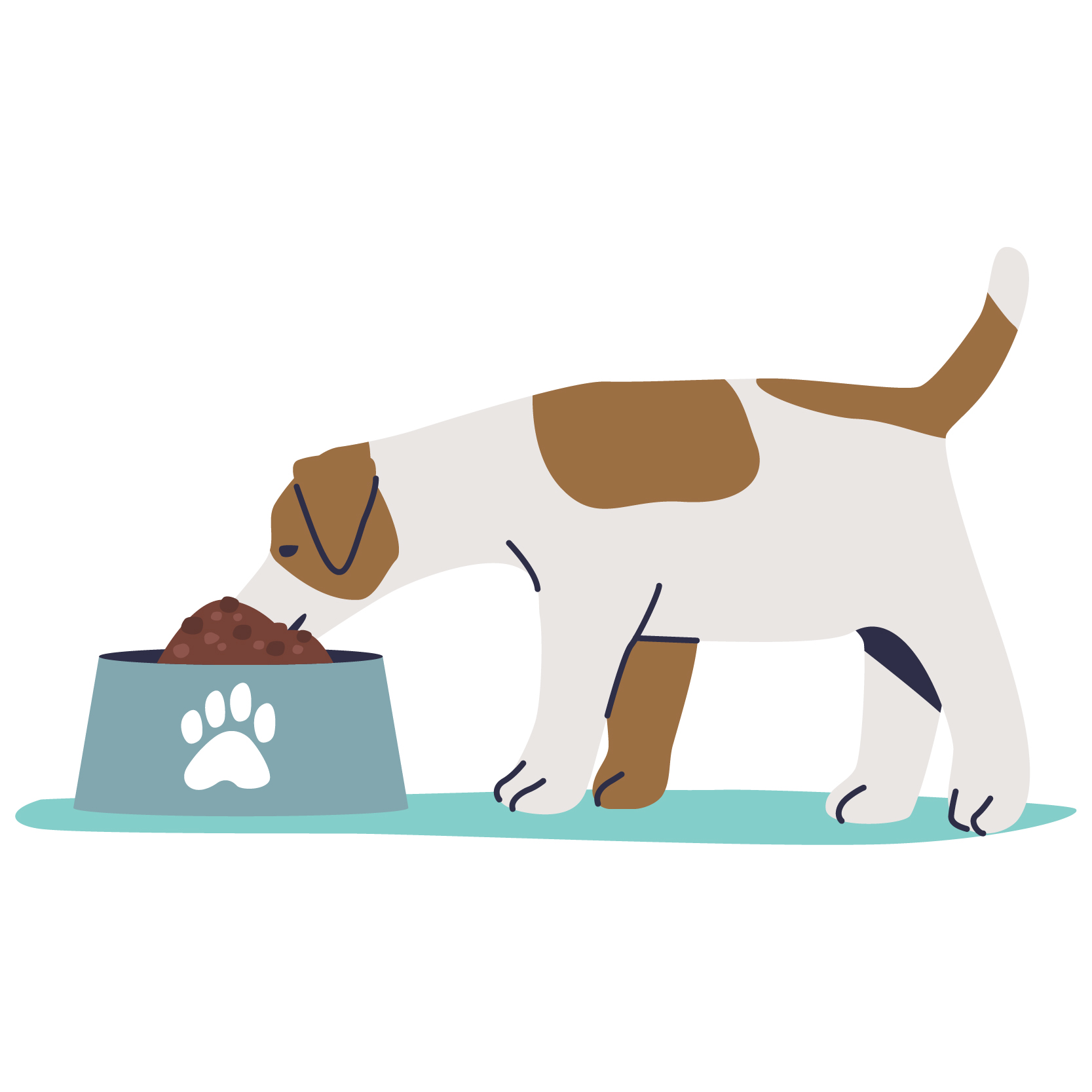
Geriatric
14+ years for small breed dogs
12+ years for medium and large breed dogs
8+ years for giant breed dogs
Dogs enter the geriatric stage of life at different times, depending on their breed and size, with smaller dogs tending to live longer than larger dogs. In general, geriatric dogs are similar to elderly humans in that they are in the progressively advanced (and final) stage of life.
We are here for every stage of your pup’s life and realize that the geriatric stage can be challenging and heartbreaking. They may lose their appetite, sleep more often, play less, and even become grumpy. Cataracts, hearing loss, arthritis, hip dysplasia, and cancer are common in certain breeds.
To best treat your geriatric fur baby, we recommend bringing them in at least every three to six months. With our geriatric wellness program (which is also available for cats!), we’ll help guide you to providing your best friend with the best last years possible.
We’ll do our best to catch any potential problems or illnesses in your geriatric pet to treat them ahead of time properly. In addition, we’ll recommend the best diet, exercise, and environmental changes to make your dog comfortable. For example, you might introduce additional nutrients to their diet or add ramps and stairs to your home.
In the case that you should decide on end-of-life care, we will be right by you and your best friend’s side until he or she reaches the rainbow bridge.
